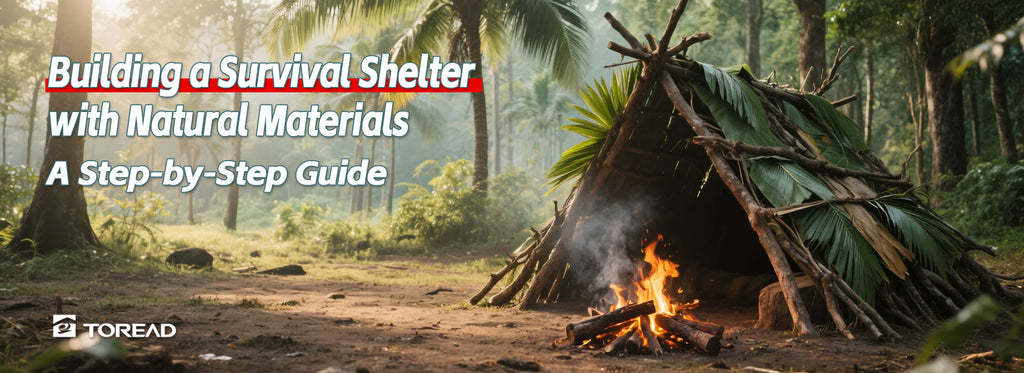
Building a Survival Shelter with Natural Materials: A Step-by-Step Guide
Location Selection
Material Procurement
Weatherproofing Essentials
Fire Integration
Waterproofing Alternatives
Security Measures
Elevate your shelter-building efficiency with TOREAD’s field-tested equipment:
TOREAD Survival Saw
TOREAD Waterproof Backpack (20L)
TOREAD ThermoLite Sleeping Pad
TOREAD MultiTool
Mastering natural shelter-building transforms survival scenarios from perilous to manageable. By combining time-tested techniques with TOREAD’s durable gear, you’ll gain the confidence to thrive in any wilderness challenge.